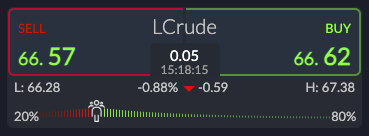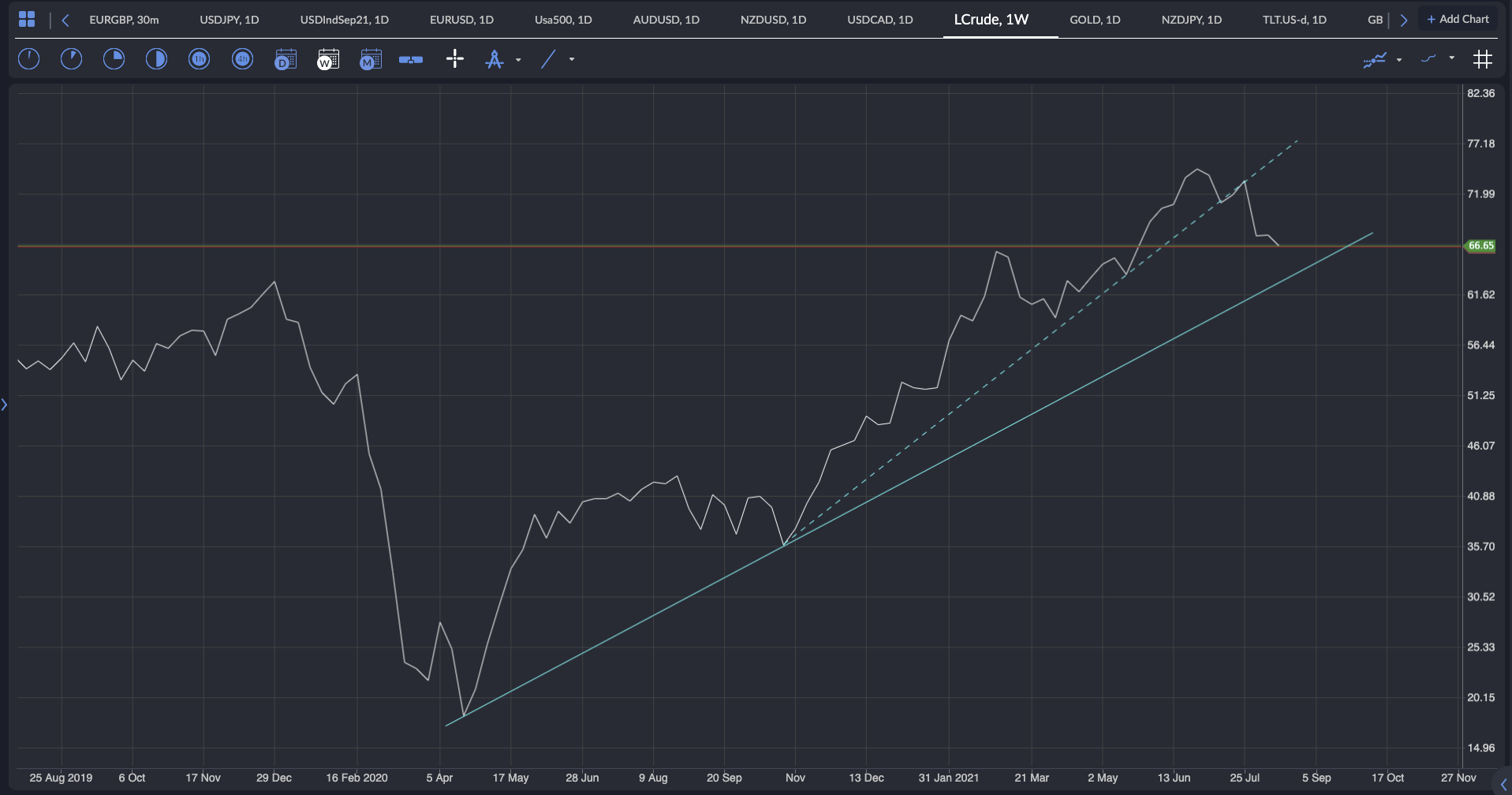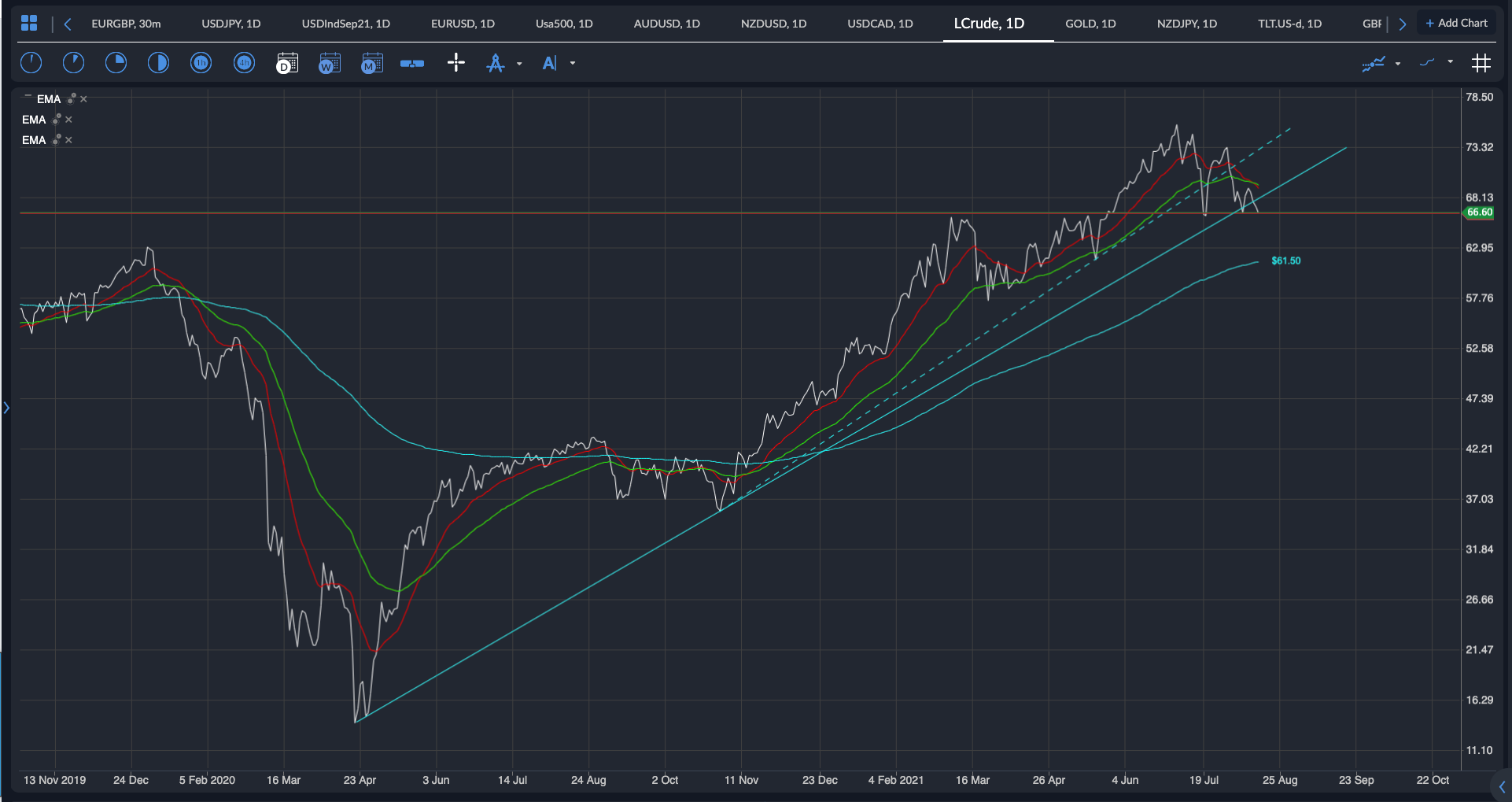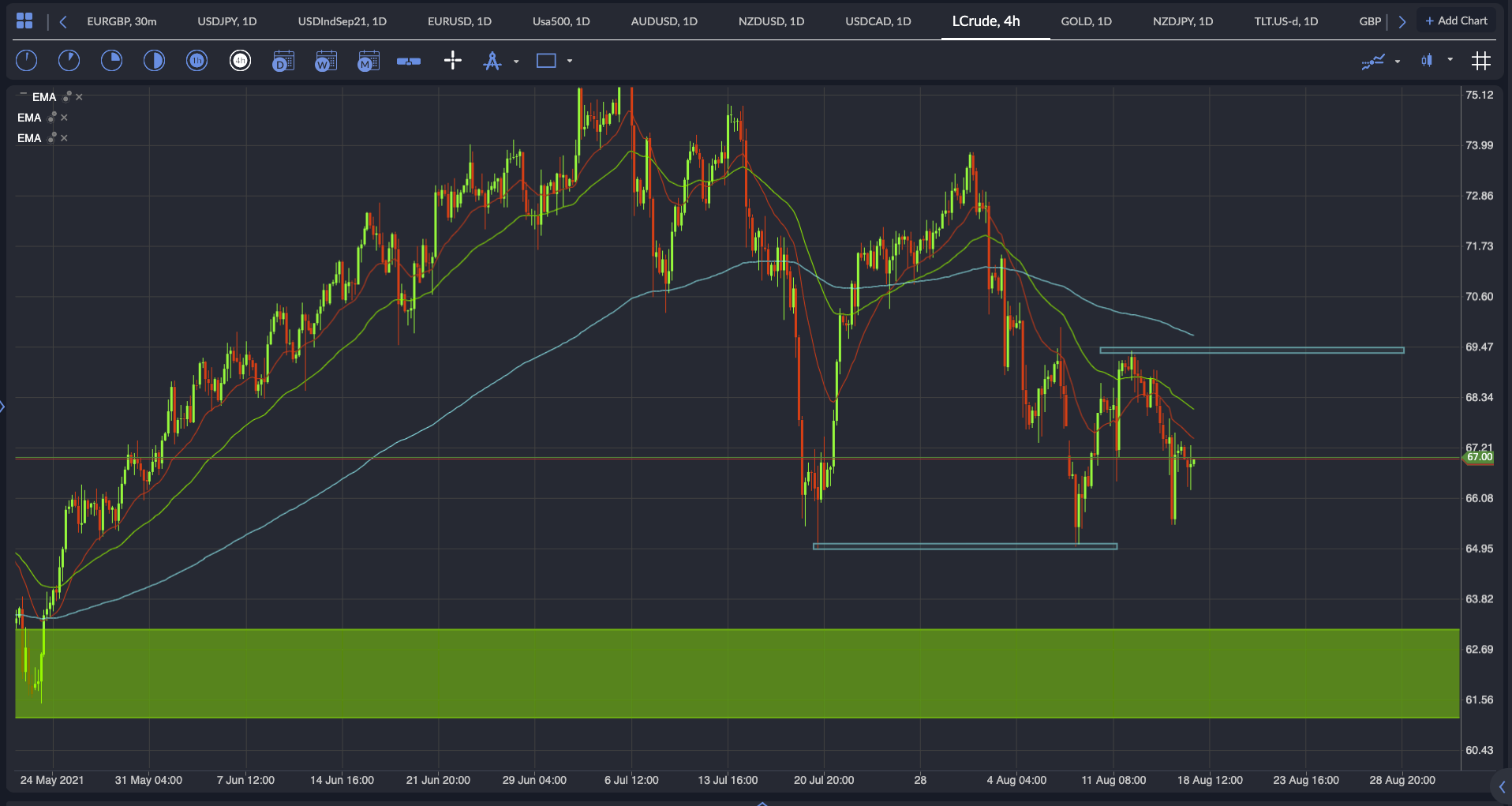Weekly Commodity Idea
This week OPEC+ told the USA that it believes the oil markets do not need more oil supplied beyond the planned increases over the coming months.
The global recovery from the pandemic and a real supply restraint by OPEC+ has lifted the price of oil, energy and inflation this last year. WTI has risen 60.05% in the last 12 months, up 40% since January 2021. This rising price for oil has been described as a threat to the global economic recovery by the Biden administration but also it should be noted that the USA national gas price at the pump is now $3.187 which is up a $1.008 in a year.
US Consumer confidence is dropping as stimulus cheques run out and labour force participation is still lower than pre-pandemic levels. If the retail sales etc. are anything to go by, the US consumer doesn’t feel confident or rich, and therefore demand is possibly about to dip. According to the GasBuddy web site which tracks US consumer trends with regards to gasoline, Monday’s US gasoline demand plunged 4.8% from the prior Monday and was 4.7% below the average of the last four Mondays. It was the lowest Monday demand since 6/7/21. Along with the US drop in demand China is also reporting that their refiners are seeing reduced output as demand levels drop sharply due to COVID-19 disruptions. Whether these trends are here to stay or transitory is yet to be tested, but it is worth keeping an eye on the weekly reports.
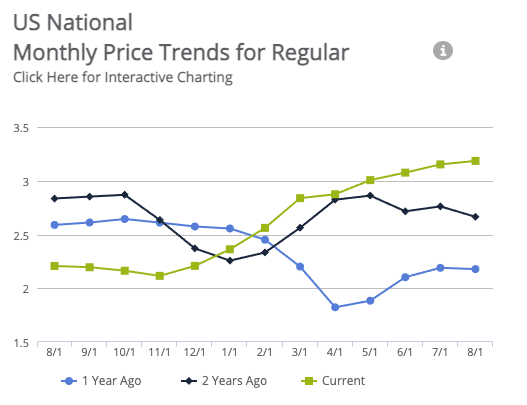

OPEC+ agreed in July to boost output by 400,000 barrels per day a month starting in August until its current oil output reductions of 5.8 million bpd are fully phased out. They may be swayed by the Biden administration to increase output more if the USA takes a harder stance as per Trumps administration, who threatened to withdraw military support from Saudi Arabia.
OPEC+ have only one remit and that is to pump as much oil as possible at the highest price they can achieve. So, when they are reluctant to add more supply, it must be down to a fear of a decreasing demand.
The global return to pre-pandemic economic levels is starting to plateau and we are now getting worsening economic data come through from both China and the USA. A lot of the consumer confidence and industrial output are being hampered by the continuing COVID-19 delta variant disruptions. Goldman Sachs reports that net speculative positions across oil contracts are down 22% from their July peak and only up 10% vs. their level this time last year, despite significant progress in the market rebalancing. There is also a concern from analysts that the US economy boom will start to slow down with real GDP growth remaining strong but slowing as stimulus and fiscal support is removed.
The Federal Reserve are also considering tightening monetary policy as the US labour markets are showing some progress and the inflation has been higher than 2% for a prolonged period. This month’s Jackson Hole symposium maybe the time where the market gets a more updated or firmer timeline, but already this month Vice Chair Clarida mentioned conditions for a rate hike could be in place by the end of 2022. The US dollar will re-price higher along with US treasury yields if the Fed give a more definite date and a stronger dollar would put pressure on the Oil prices. Whether demand increases further is pretty much down to how well the global economy can keep improving in the face of continuing coronavirus outbreaks.
The ActivTrader sentiment indicator shows that Crude traders are 80% bullish the underlying commodity and as this is an extreme reading, a lot of contrarian traders will be looking for ways to squeeze these retail traders out of their longs. As retail investors see the US average monthly prices of regular gas going higher, it would make sense that these same people would want to see the price of Crude stock going higher.
See real-time quotes provided by our partner.
The weekly closing prices of the WTI crude prices are still in a major uptrend and judging by the above chart can afford to drop towards $60 before breaking some serious market structure and confirming a down trend.
See real-time quotes provided by our partner.
The daily chart shows that the closing prices have already broken an ascending trendline and that the next significant support comes in at the daily 200 exponential moving average around the $61.50 per barrel level.
Today we learned that New Zealand has gone into a 3-day complete lockdown as they have identified their first case of COVID-19 since February and in the overnight session the RBA reiterated that the lockdowns that Australia have implemented have had an adverse economic effect. Japan and a lot of the Asian content including China are still having to deal with outbreaks and supply chain disruptions and globally confidence is starting to wane.
Depending on whether the US dollar gets bid in the next couple of weeks or if there is some other geo-political event that puts more uncertainty into the markets, I personally believe the OPEC+ decision to not increase supply is cautionary and that the tight market will remain so for longer and that prices in oil will bounce from significant technical support under those fundamental conditions.
See real-time quotes provided by our partner.
The H4 chart will look more appealing for longs when price either conforms support towards $61.00 or at least sweeps the lows of the double bottom formed between July and August 2021. The H4 charts shows the 200, 50 and 20 period ema’s are all turning down, so I would not want to go against medium term momentum. The most obvious bullish trade I can see currently starts with a break above $70, this would be a great set up for looking for the next long position should the US dollar fall from its recent elevated levels.

